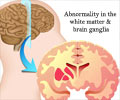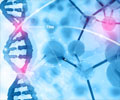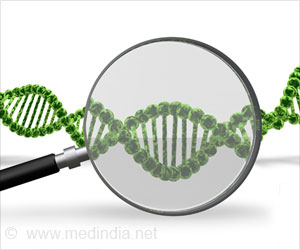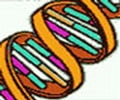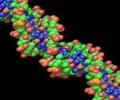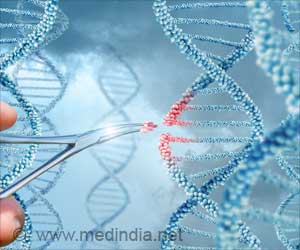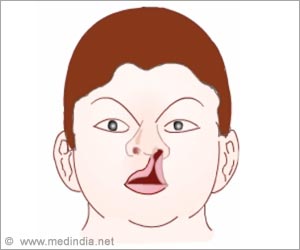A potentially game-changing DNA repair kit helps fix genetic mutations which cause a debilitating hereditary kidney disease.

Podocin is a protein normally located on the surface of specialized kidney cells and essential for kidney function. Faulty podocin, however, remains stuck inside the cell and never makes it to the surface, terminally damaging the podocytes. Since the disease cannot be cured with medications, gene therapy which repairs the genetic mutations causing the faulty podocin offers hope for patients.
Typically, human viruses have been utilized in gene therapy applications to carry out genetic repairs. These are used as a ‘Trojan Horse’ to enter cells carrying the errors. Currently dominating systems include lentivirus (LV), adenovirus (AV) and adeno-associated virus (AAV), which are all relatively harmless viruses that readily infect humans.
However, these viruses all share the same limitation in that they are restricted in space within their viral shells. This in turn constrains the amount of cargo they can deliver, namely the DNA kit required for efficient genetic repair, which significantly limits the scope of their application in gene therapy.
DNA Repair Kit
By applying synthetic biology techniques, the team led by Dr. Francesco Aulicino and Professor Imre Berger from Bristol’s School of Biochemistry, re-engineered baculovirus, a for humans harmless insect virus which is no longer constrained by limited cargo capacity."What sets apart baculovirus from LV, AV, and AAV is the lack of a rigid shell encapsulating the cargo space." said Dr. Francesco Aulicino, who led the study. The shell of baculovirus resembles a hollow stick – it simply becomes longer when the cargo increases. This means a lot more sophisticated tool-kit to repair a genetic defect can be delivered by the baculovirus, making it much more versatile than commonly-used systems.
First, baculovirus had to be equipped to penetrate human cells which it normally would not do. "We decorated the baculovirus with proteins that enabled it to enter human cells very efficiently." explained Dr. Aulicino. This modified baculovirus is considered safe, as it could only multiply in the insect, but not in human cells. The scientists then used their engineered baculovirus to deliver much larger DNA pieces than was previously possible, and build these into the genomes of a whole range of human cells.
Advertisement
The team used patient-derived podocytes carrying the disease-causing error in the genome to demonstrate the aptitude of their technology. By creating a DNA repair kit, comprising protein-based scissors and the nucleic acid molecules that guide them - and the DNA sequences to replace the faulty gene, the team delivered with a single engineered baculovirus a healthy copy of the podocin gene concomitant with the CRISPR/Cas machinery to insert it with base-pair precision into the genome. This was able to reverse the disease-causing phenotype and restore podocin to the cell surface.
Dr. Aulicino added: "There are many avenues to utilize our system. In addition to podocin repair, we could show that we can simultaneously correct many errors in very different places in the genome efficiently, by using our single baculovirus delivery system and the most recent editing techniques available." "SRNS is one of the more common genetic diseases affecting the kidney" said Professor Moin Saleem, a leading expert in the gene therapy of hereditary kidney disease at Bristol Renal. “SRNS is characterized by kidney failure at an early age, leading to severe loss in quality of life for those affected."
Professor Gavin Welsh, Professor of Renal Cell Biology at Bristol Renal, concluded: "These results are very encouraging. This new approach pioneered by the Berger team holds promise not only for SRNS, but also for a range of other genetic diseases of the kidney, where efficient genetic repair is not feasible with current technology. It is a long road ahead to implement a new vector system for clinical applications, but we believe the advantages offered make this a very worthwhile undertaking."
This research received funding from the European Research Council (ERC), Kidney Research UK (KRUK), and the EPSRC/BBSRC Bristol Research Centre for Synthetic Biology BrisSynBio.
Source-Newswise

